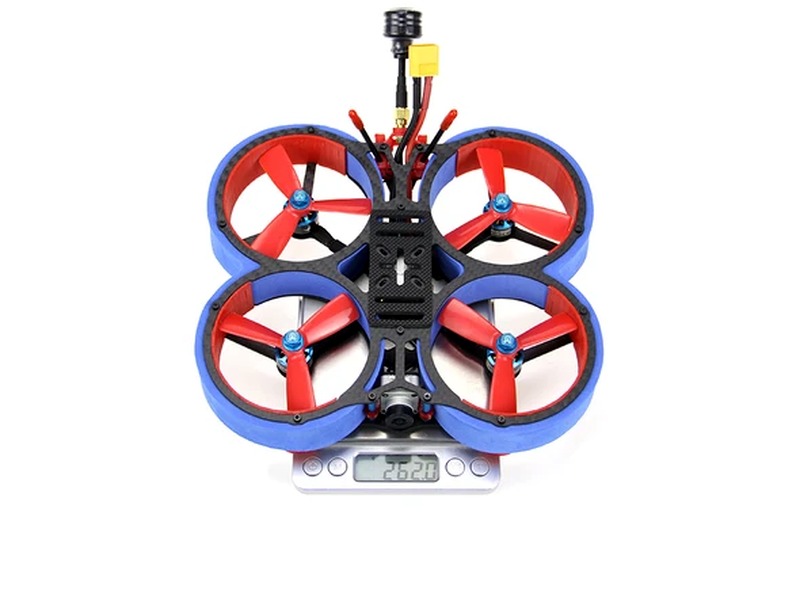Can drones fly 10000ft?

Yes, drones can fly up to 10,000 feet. The Federal Aviation Administration (FAA) has set a maximum altitude limit of 400 feet for small unmanned aircraft systems (UAS) or drones. However, the FAA does allow for special authorization to fly higher than 400 feet, up to 10,000 feet.
The maximum altitude for drone flight is determined by the type of drone and the purpose of the flight. For example, if a drone is used for recreational purposes, then the FAA requires the drone to remain within 400 feet of the ground. On the other hand, if a drone is used for commercial purposes, then the FAA may grant a special authorization to fly higher than 400 feet, up to 10,000 feet.
The FAA also requires that drones remain within the line of sight of the operator at all times. This means that the operator must be able to see the drone with their own eyes and not rely on any type of remote sensing technology such as a camera or video feed. This is to ensure that the drone does not fly into restricted airspace or interfere with other aircraft.
In addition to the FAA regulations, some states and local governments have their own regulations regarding drone flight. For example, some states may require drones to remain within a certain distance of airports or other restricted airspace. It is important to check with your local government to ensure that you are in compliance with all regulations before flying a drone.
In order to fly a drone up to 10,000 feet, the operator must obtain a special authorization from the FAA. This authorization requires the operator to provide detailed information about the drone and the purpose of the flight. The FAA will then review the application and determine if the flight can be safely conducted at the requested altitude.
Overall, drones can fly up to 10,000 feet with the proper authorization from the FAA. It is important to check with your local government to ensure that you are in compliance with all regulations before flying a drone. Additionally, the FAA requires that drones remain within the line of sight of the operator at all times.
Comments / Question
2. Barometers: Barometers measure atmospheric pressure and help the drone keep track of its altitude.
3. GPS: GPS helps the drone know its location and also helps it find its way back home.
4. Inertial Measurement Unit (IMU): IMU measures the drone's speed, direction, and orientation. It also helps the drone detect its position in 3D space.
5. Ultrasonic Sensors: Ultrasonic sensors measure the distance from the drone to obstacles and help the drone avoid collision.
6. Camera: The camera can take pictures and video which can help the drone avoid obstacles and better navigate its environment.
2. Be aware of any other aircraft that may be operating in the vicinity and maintain a safe distance.
3. Ensure that the drone is adequately equipped for flight at high altitudes, including a barometric pressure sensor and high-altitude propellers.
4. Check the weather conditions to ensure safe flying conditions and avoid strong winds and turbulence.
5. Use a GPS receiver to maintain a consistent and accurate position in the sky.
6. Monitor the drone’s power levels and position regularly to ensure safe operation.
7. Have a plan for emergency situations, including a plan for emergency landing.
8. Ensure that the drone is visible to other aircraft, either using lights or reflective markers.

